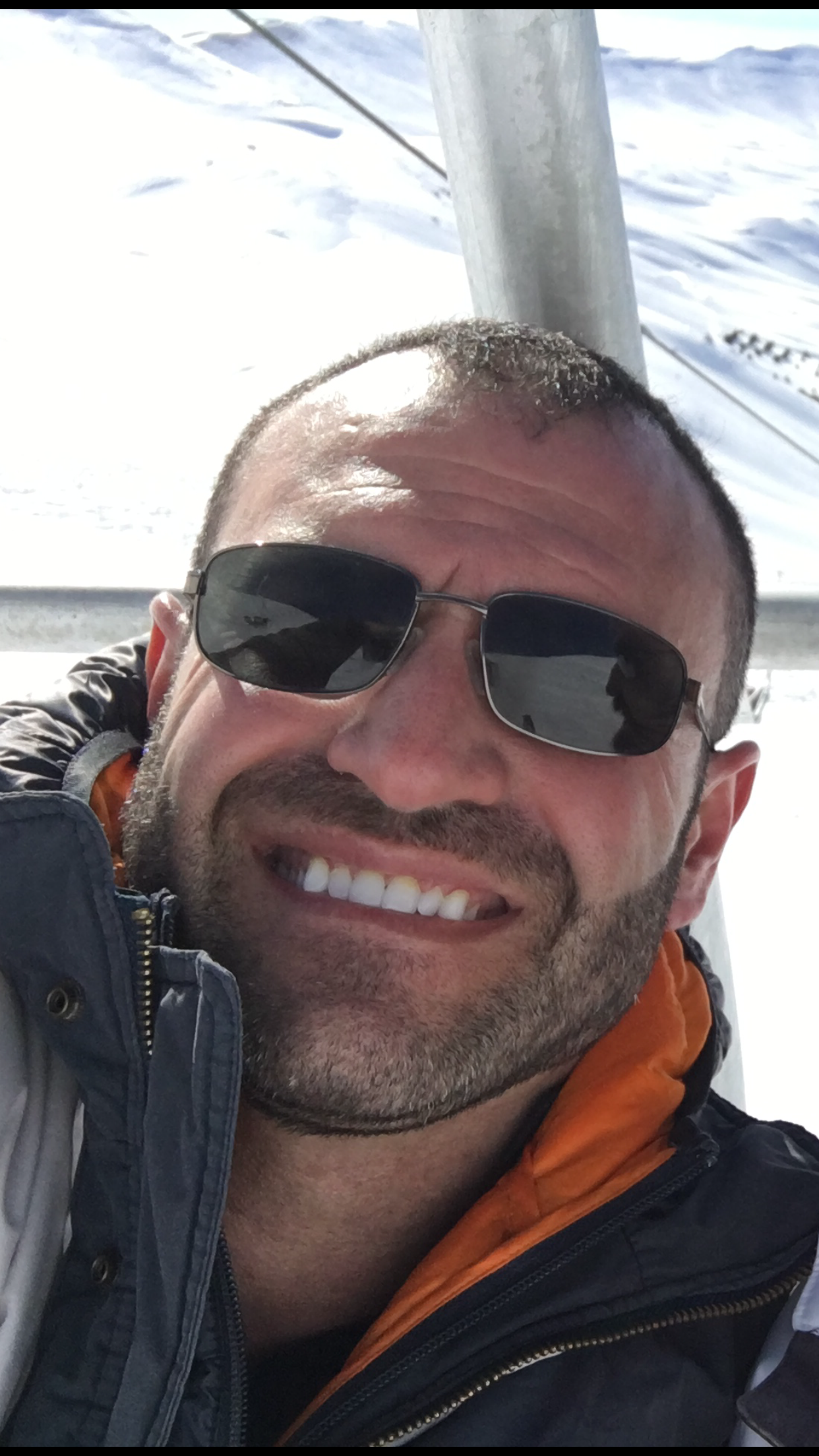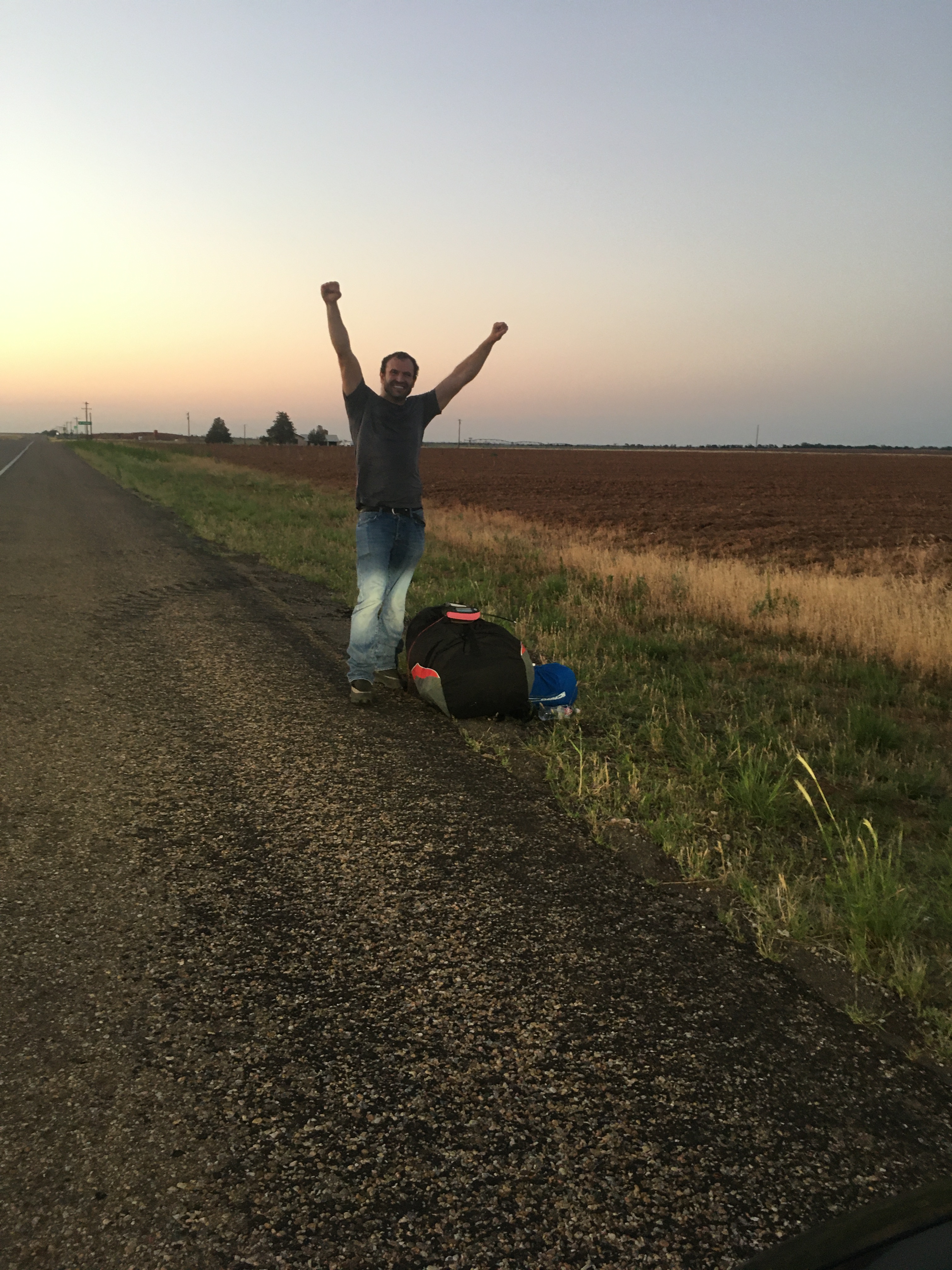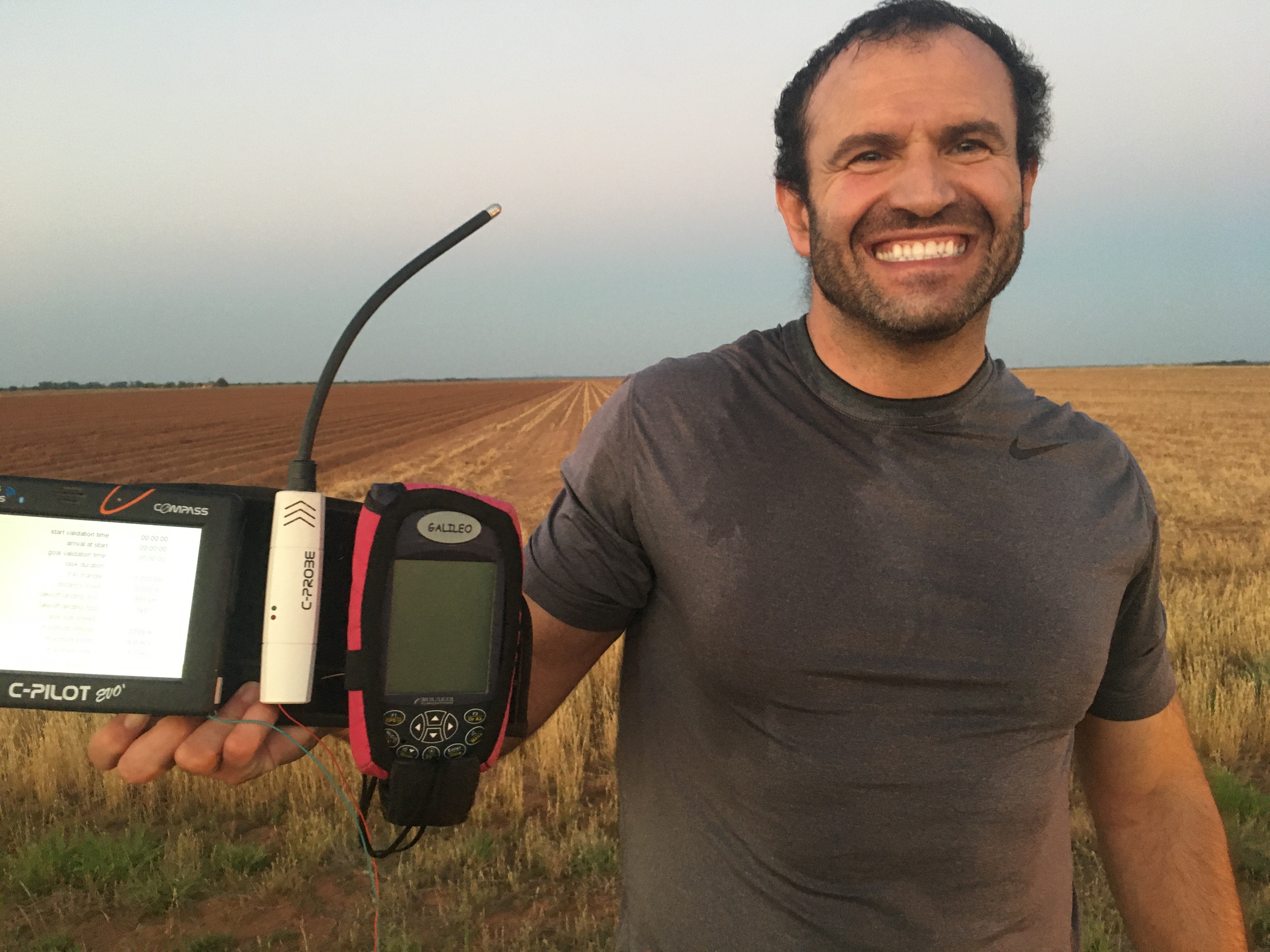Sebastien Kayrouz claims for new North American PG records
503 km of straight distance and free distance of up to 3 turn points has claimed Sebastien Kayrouz (USA) as new FAI Paragliding North-American records. He launched on the 8th of June 2020 on his Manta 7 glider from Camp Wood, TX USA.
We asked Sebastian how long has he prepared for this record attempt.
- How long have you been doing free flight sport?
I have been flying paragliders since 1996. I started at the age of 16.
- What made you begin?
I have always been passionate about all forms of flying. I started paragliding because it is the most accessible form of flight and it became a big passion of mine. I am now a commercial airplane pilot and rotorcraft pilot but I enjoy flying paragliders far more than I enjoy flying anything else.
- Who were the people that inspired you in your life and sport?
When I started flying, John Silvester created great videos from his flights in the Himalayas. That was decade before Youtube so these videos were so rare and highly inspiring. They had a great impact on me. Today we have so many great pilots but Chrigel Maurer is the best of the best and watching him fly always leaves me in awe.
- What are your achievements titles before breaking a record?
Last year I set 2 state records, the Oklahoma State record (232 km), and that record is for both hang gliding and paragliding, and the NY State record after it stood for 18 years.
- Why did you decide to break that very record in that very place?
I live in Texas and wanted to attempt to tobreak my home state’s record. Living in the state allowed me to prepare extensively.
- What is the previous record and where?
The previous record was set in Texas from the City of Hebronville on July 4th 2014 by Luc Armant. That record was 463 km.
- What flying conditions make your record different from the previous one?
On the day I flew there was a convergence that formed from tropical Storm Cristobal from the East and a dryline from the West. The convergence combined with good wind direction and speed, the adequate height of the boundary layer, good thermals, and clouds allowed me to achieve this flight. Everything came together during the longest days of the year.
- How long did preparation take?
I started actively preparing for this attempt 13 months ago.
- Who helped you most to get prepared?
I had support from my local flying club, family and friends. In the end, such an undertaking requires a significant amount of personal initiative and commitment.
- Who worked with you during preparation (any team)?
My friends and primarily my fiancé (on photo). She handled all the logistics throughout my preparation. She has been instrumental and without her, I would not have been able to prepare so diligently and attempt this flight.
- What was the most tricky thing in breaking this record?
The trickiest part was forecasting the weather conditions and identifying the best day to make the attempt.
- Tell us about those who supported you on the way (friends, NAC, trainer, local pilots etc)
It is a long preparation process so I leaned on many people. My flying friends and our local club (the Buffalo Mountain Flyers) gave me excellent support.
- Tell us how it was to break the record. What was the most difficult? Decisive? Unexpected?
The most difficult part of the day was the first 1.5 hours of the flight over the Texas Hill Country. That section is a dense forest without any landing options so there was no margin for error. I had to cross it in the morning when the lift was still weak. A decisive moment came halfway through the flight when I got low and was not hitting any lift. A group of turkey vultures started thermaling at a distance and pointed out the lift. They helped me get back to altitude and had it not been for their helping hand my flight would have ended there. The unexpected was the number of birds I encountered. There were far more than what I have encountered on previous flights. I believe they hunt for good convergence lines too.
- Any advice to pilots, interesting notice, some share of experience that you gained while breaking this record?
Record flying is all about preparation and intimately learning the terrain and its micrometeorology. Texas is at the intersection of many weather systems so conditions here are not consistent and almost no 2 days are alike. Good mental disposition and physical endurance are also very important.




